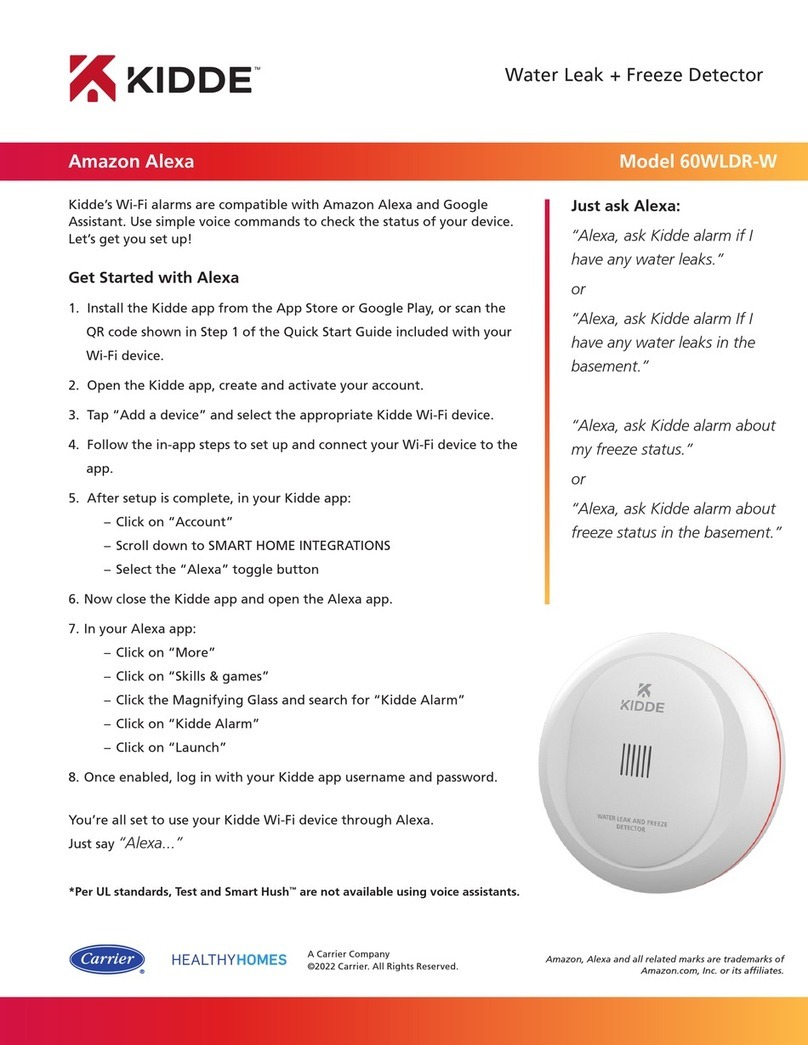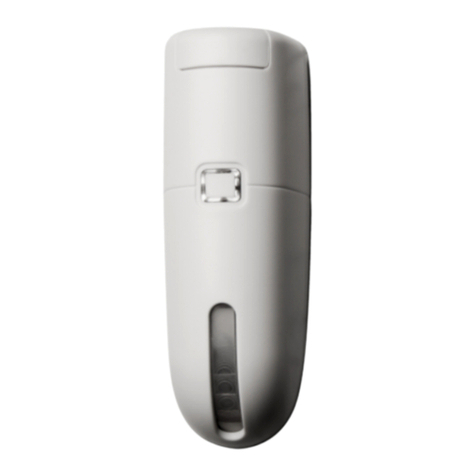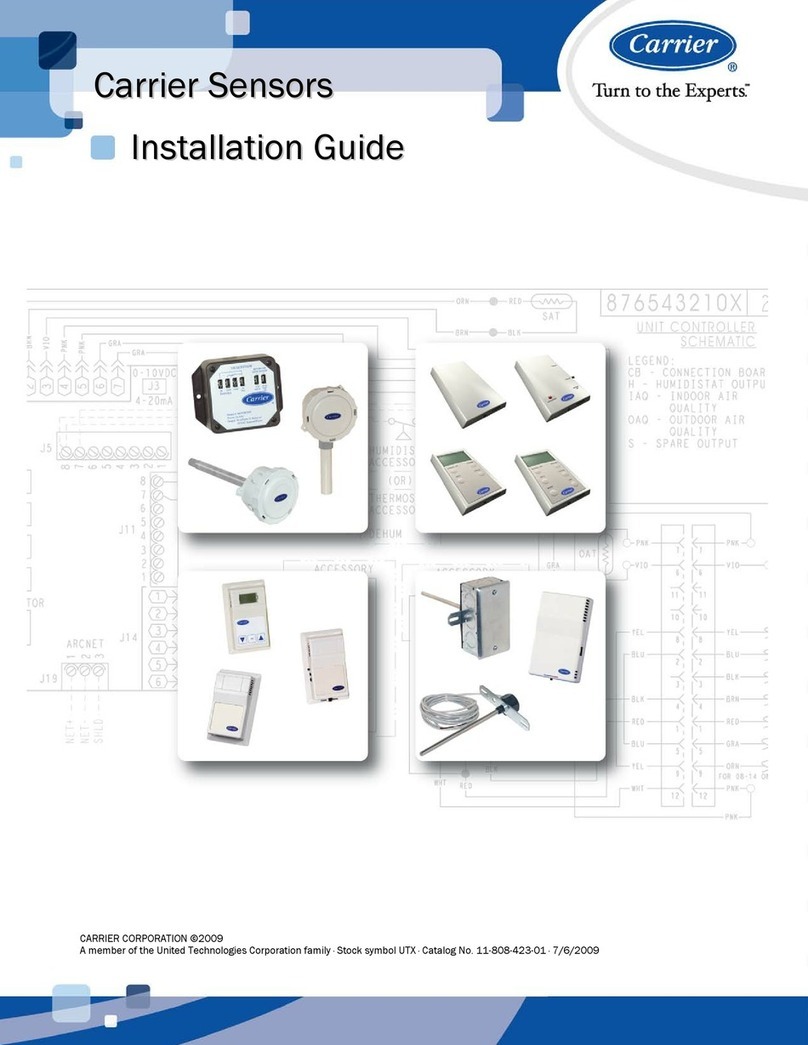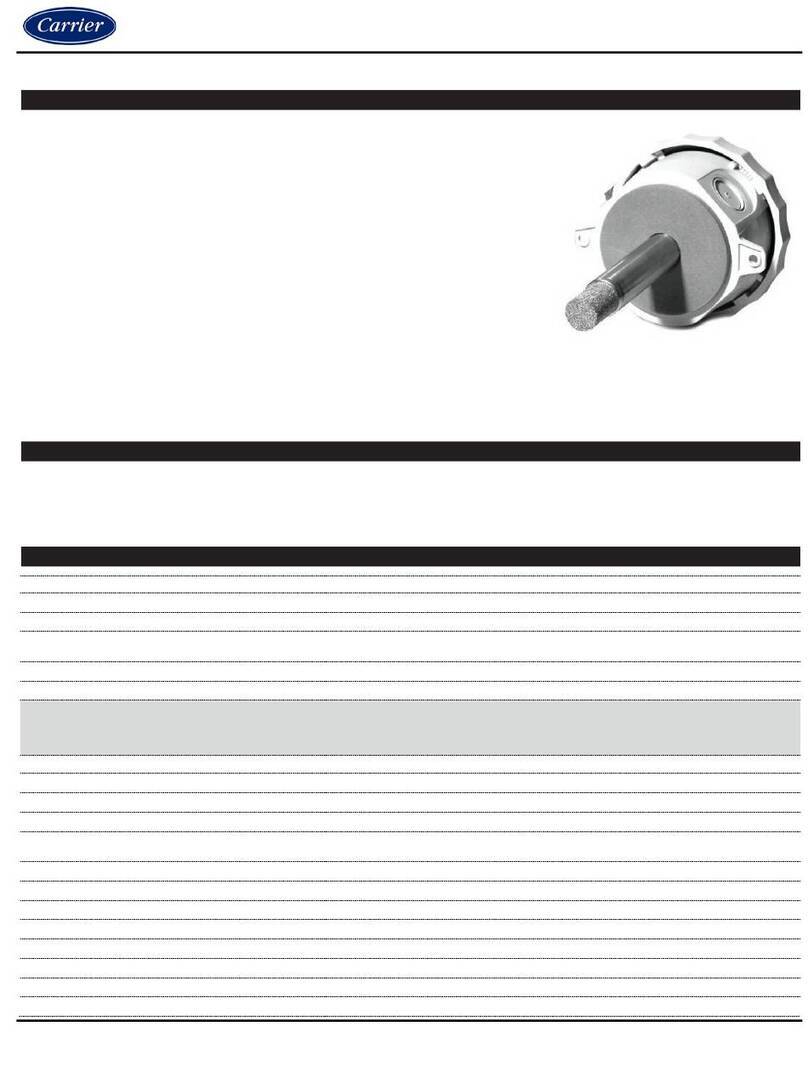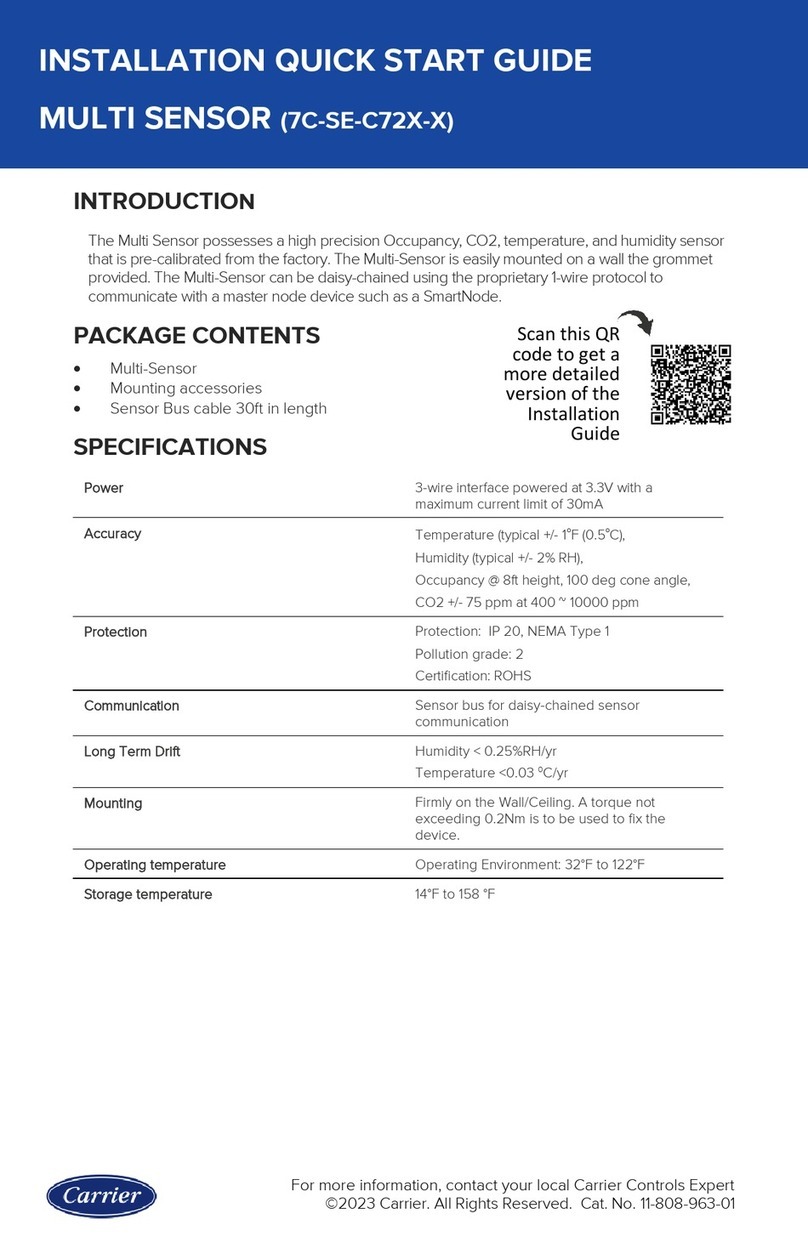Carrier Graviner Mk7 Configuration guide
Other Carrier Security Sensor manuals
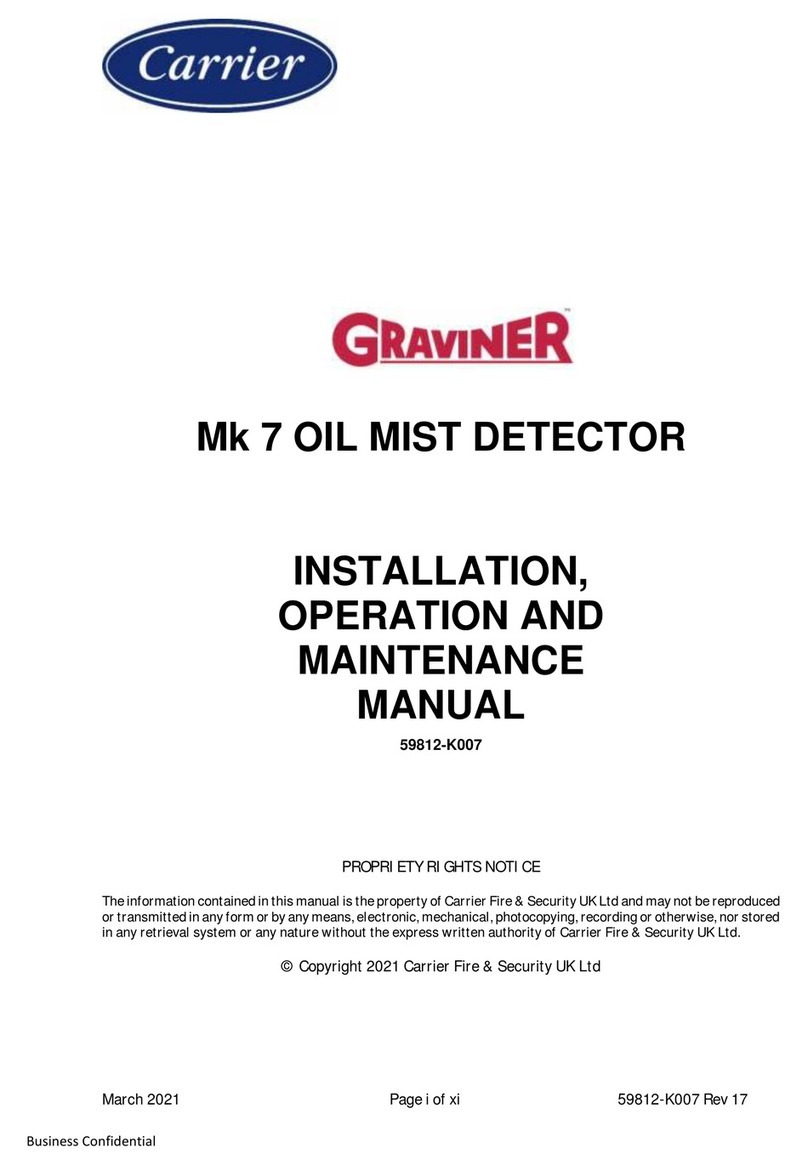
Carrier
Carrier Graviner Mk7 User manual
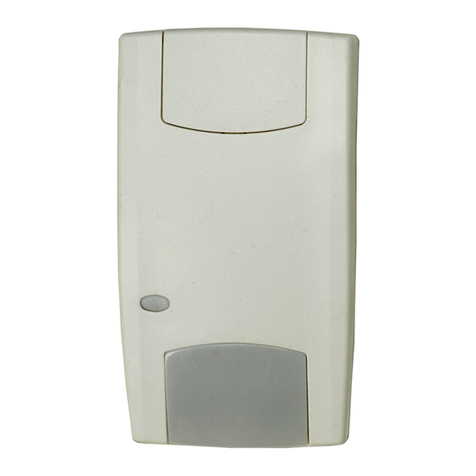
Carrier
Carrier ARITECH VE1012PI Assembly instructions
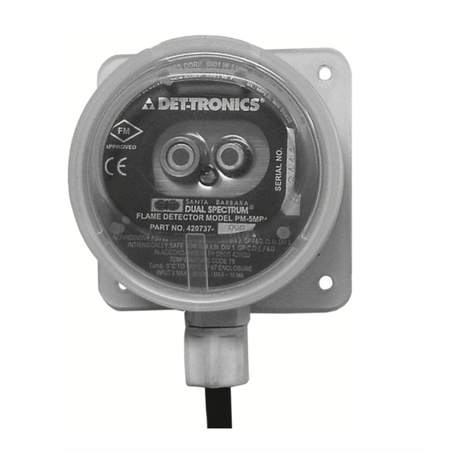
Carrier
Carrier DET-TRONICS Dual Spectrum PM-5MPX User manual
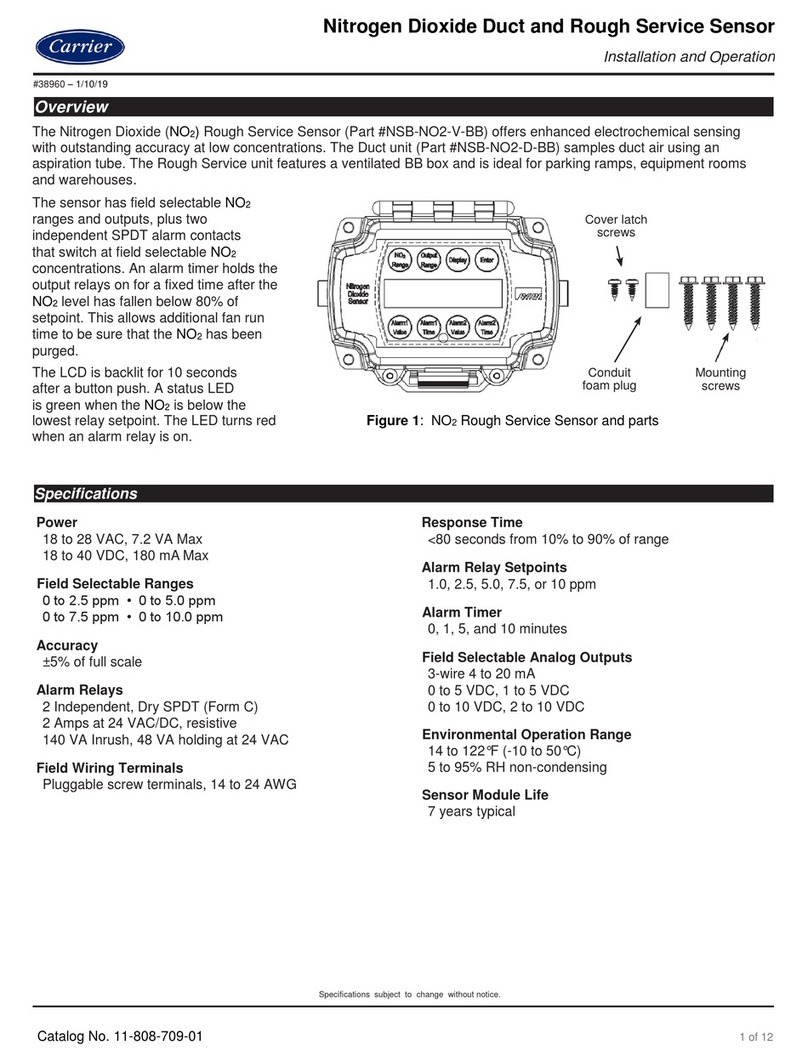
Carrier
Carrier NSB-NO2-V-BB User manual
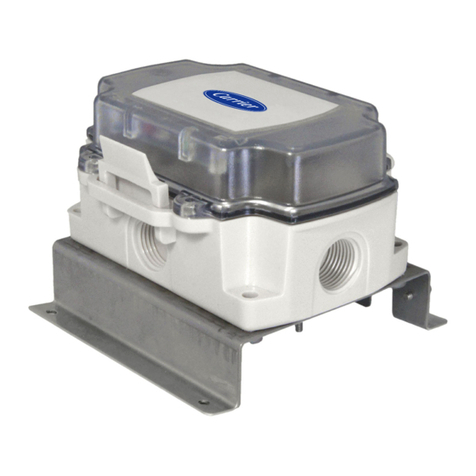
Carrier
Carrier NSB-LDT4-PS-BB Guide

Carrier
Carrier 7C-SE-C68 Series User manual
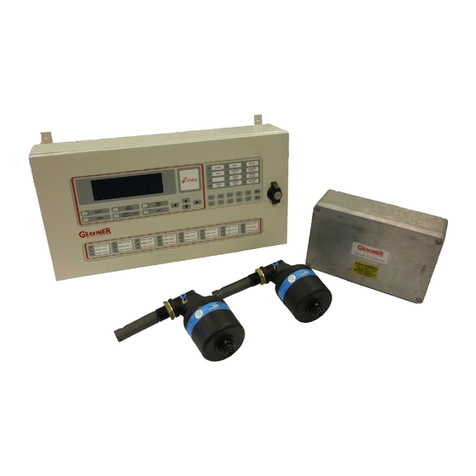
Carrier
Carrier Graviner Mk6 User manual
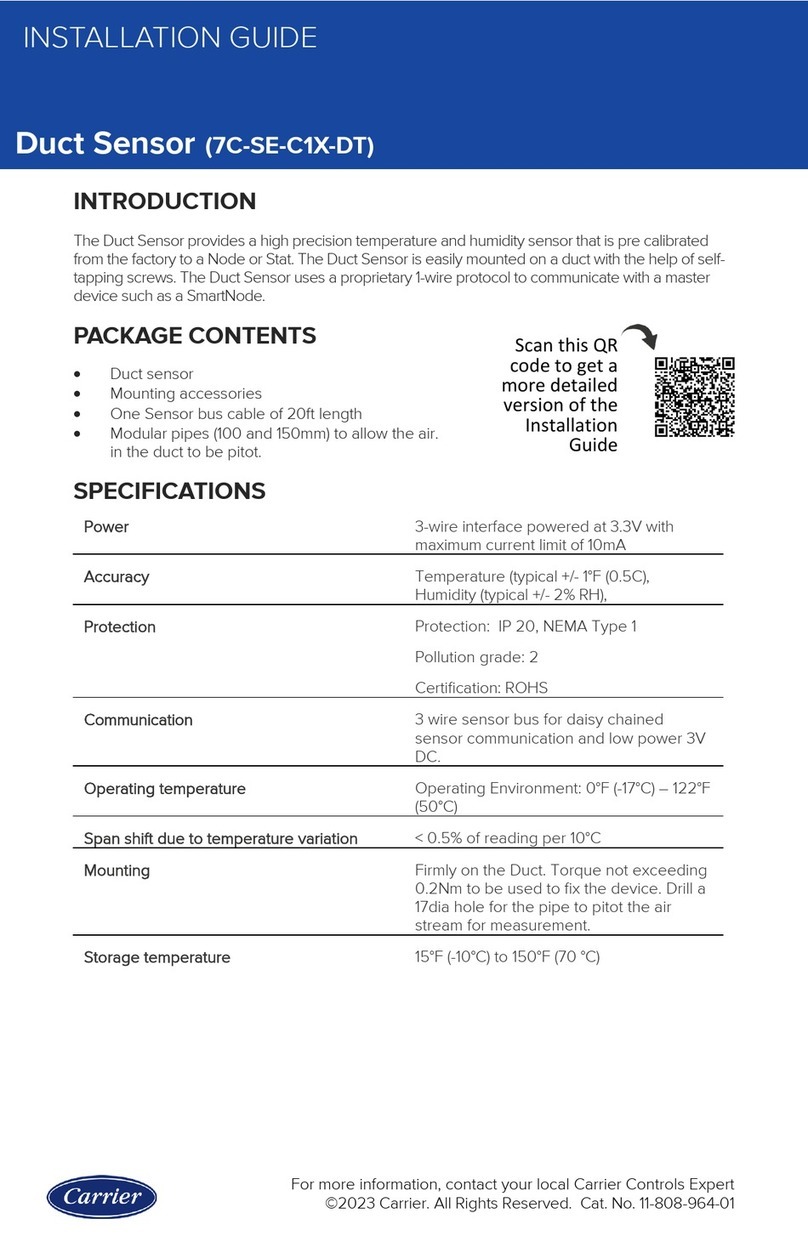
Carrier
Carrier 7C-SE-C1X-DT User manual
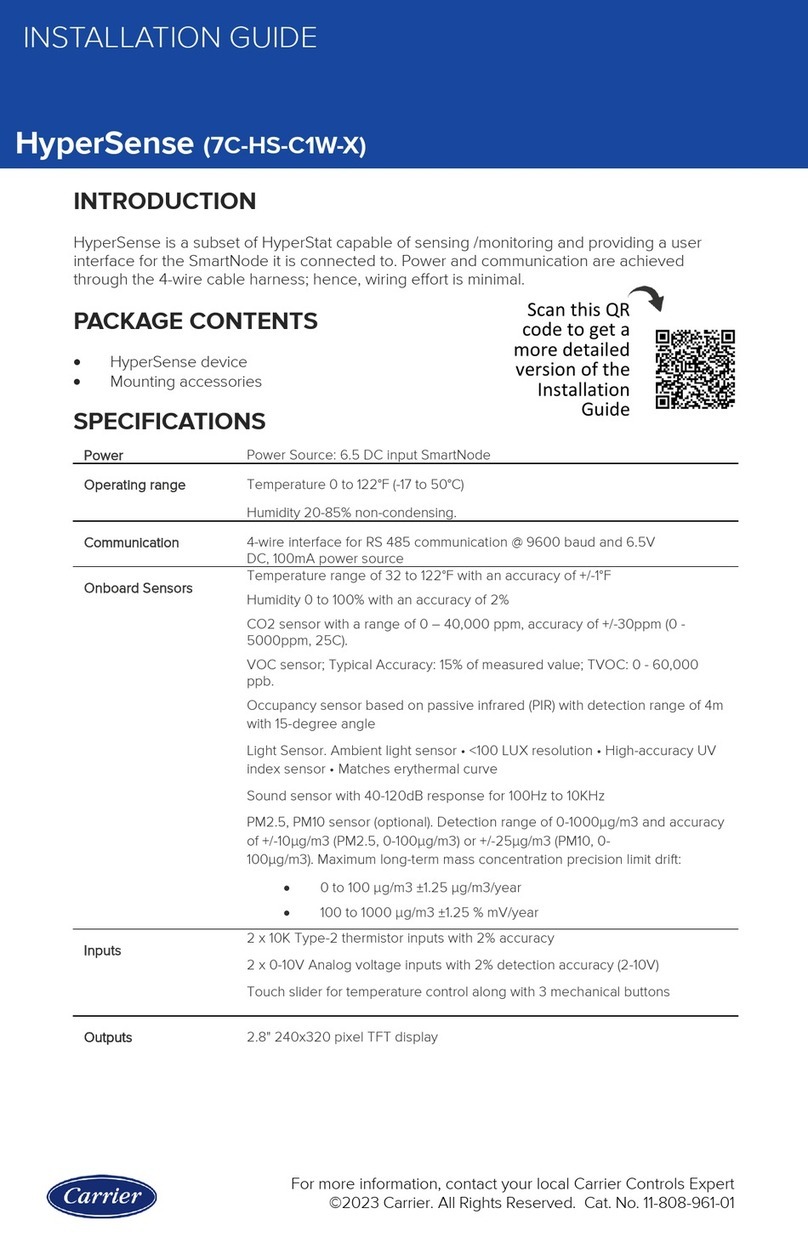
Carrier
Carrier HyperSense 7C-HS-C1W-X User manual
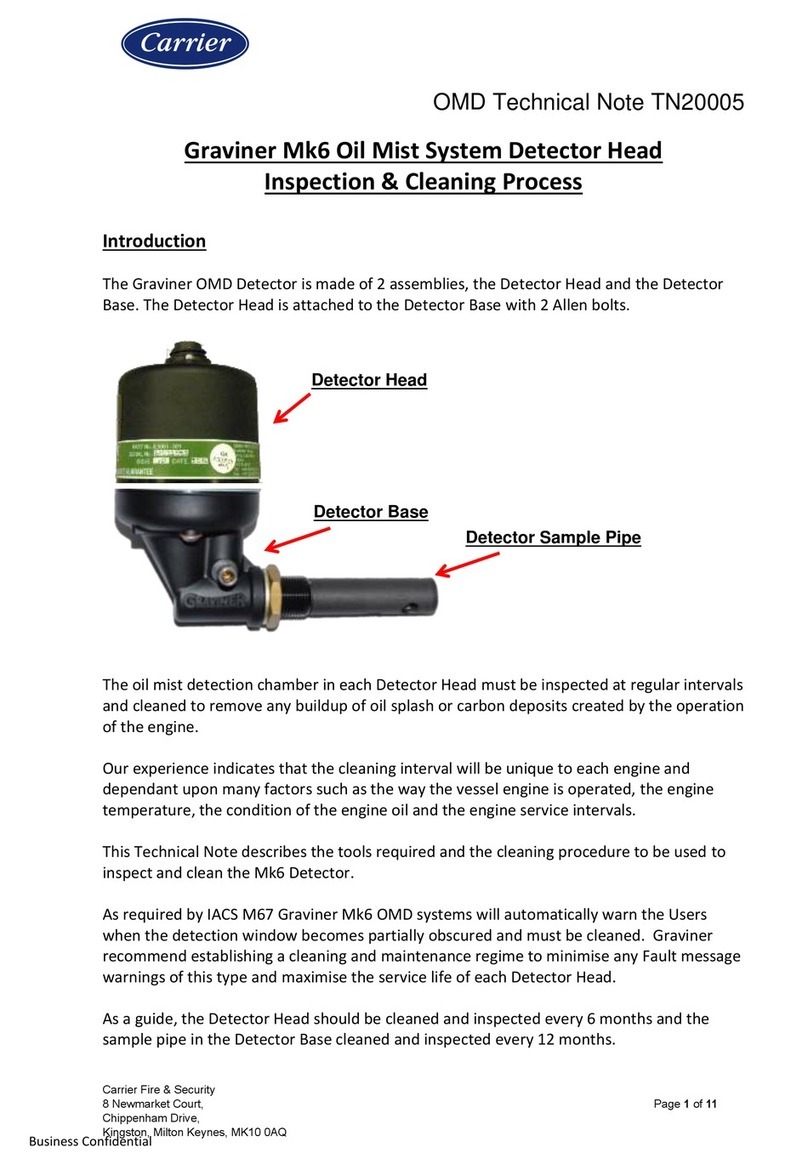
Carrier
Carrier Graviner Mk6 Configuration guide
Popular Security Sensor manuals by other brands

Shinko
Shinko SE2EA-1-0-0 instruction manual

Det-Tronics
Det-Tronics X Series instructions

ACR Electronics
ACR Electronics COBHAM RCL-300A Product support manual

TOOLCRAFT
TOOLCRAFT 1712612 operating instructions

Elkron
Elkron IM600 Installation, programming and functions manual

Bosch
Bosch WEU PDO 6 Original instructions
